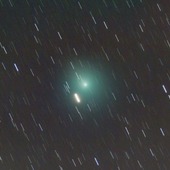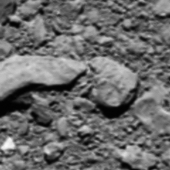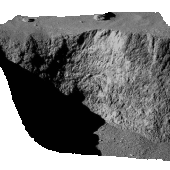ESA Science & Technology - News Archive
News archive
News archive
After years of detective work, the second touchdown site of Rosetta's Philae lander has been located on Comet 67P/Churyumov-Gerasimenko in a site that resembles the shape of a skull. Philae left its imprint in billions-of-years-old ice, revealing that the comet's icy interior is softer than cappuccino froth.
ESA's Rosetta mission has revealed a unique kind of aurora, an exciting phenomenon seen throughout the Solar System, at its target comet, Comet 67P/Churyumov-Gerasimenko.
A grand synthesis of Rosetta data has shown how its target comet repeatedly changed colour during the two years it was watched by the spacecraft. The chameleon comet's nucleus became progressively less red as it made its close pass around the Sun, and then red again as it returned to deep space.
Observations from ESA's Rosetta spacecraft are shedding light on the mysterious make-up of Comet 67P/Churyumov-Gerasimenko, revealing a mix of compounds thought to be essential precursors to life – including salts of ammonium and a particular type of hydrocarbons.
Astronomers using the combined powers of ESA's Rosetta mission and the ground-based Atacama Large Millimeter/submillimeter Array (ALMA) have traced the journey of phosphorus – one of life's building blocks – from star-forming regions to comets.
Scientists analysing the treasure trove of images taken by ESA's Rosetta mission have turned up more evidence for curious bouncing boulders and dramatic cliff collapses.




















